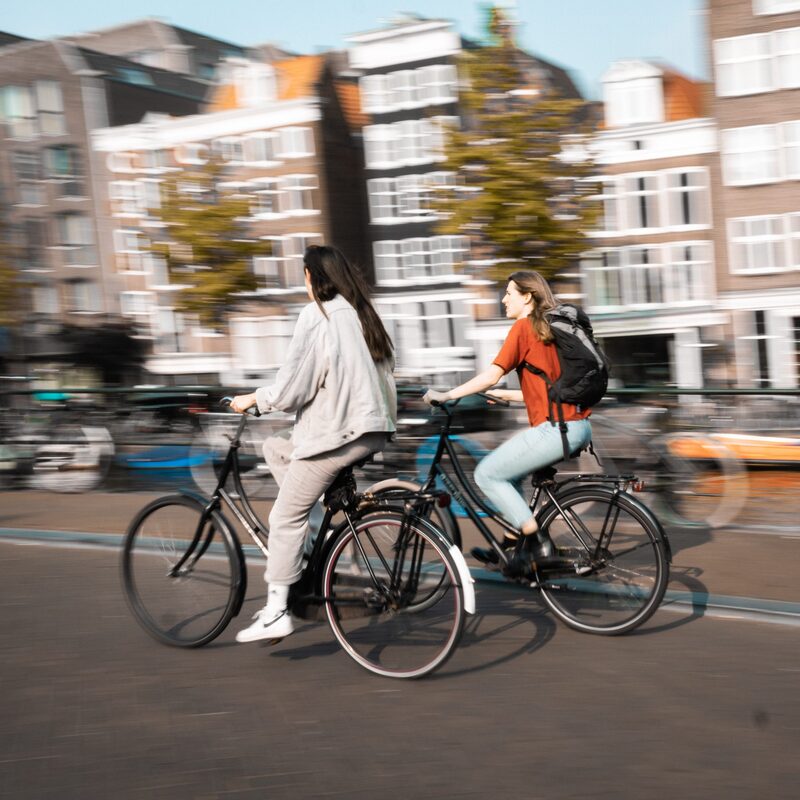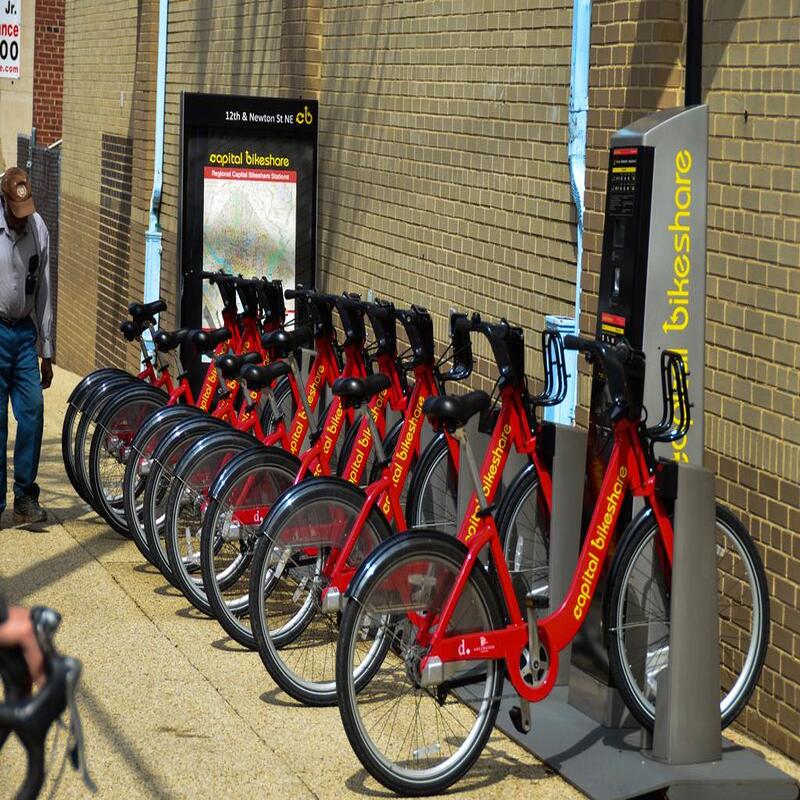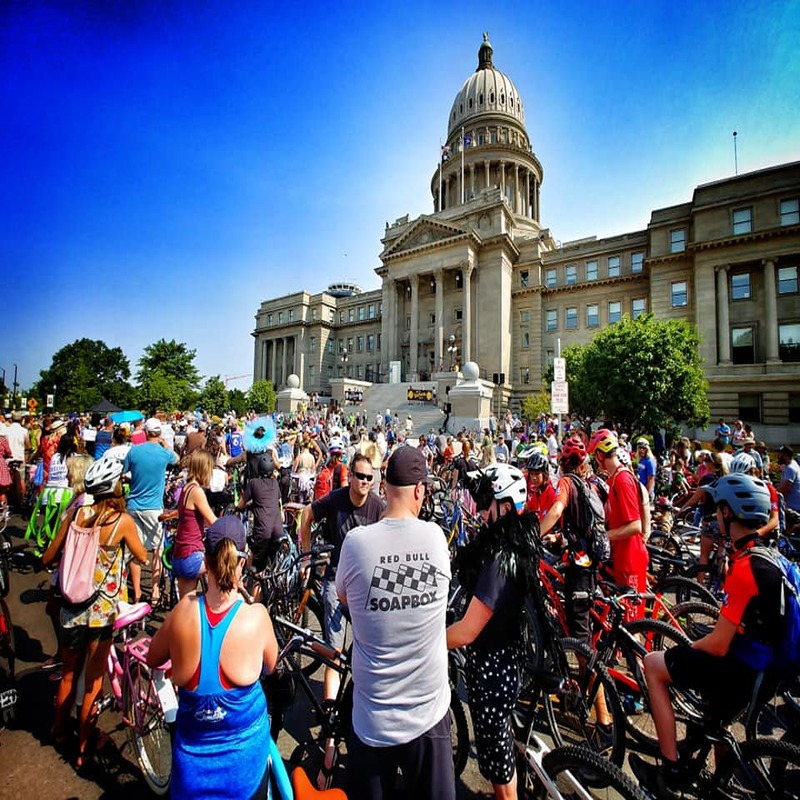The Unique Culture
The city recognized as the “Bicycle Capital” has a deep-rooted cycling culture. This pivotal status is not only a matter of convenience but also a symbol of sustainable urban living. From small alleyways to major streets, bicycles weave through every part of the city. Cyclists here are not an afterthought but an integral component of the urban tapestry. Consequently, the local government has heavily invested in infrastructure that supports biking. This includes bike lanes, parking spaces, and even traffic signals optimized for cyclists. The culture surrounding cycling is infectious, leading even the most stubborn car users to consider two wheels over four. Additionally, businesses have shifted focus toward this trend. Bike repair shops, bike-themed cafes, and rental services flourish, contributing to a robust cycling economy.
Historical Context
The city’s affection for bicycles dates back decades. Much of this history involves pivotal policy decisions favoring cycling. Citizens opted for bicycles out of necessity during economic hardships. Over time, this necessity turned into a preference, which then evolved into a culture. Governments throughout the city’s history recognized the strategic advantage of promoting bicycles. They did this in response to traffic congestion, pollution, and public health crises. These policy initiatives laid a strong foundation for the city’s current reputation. Various bike-friendly policies still shape the local administration’s agenda. These policies include subsidies on bike purchases and investment in cycling infrastructure. This long-standing relationship between the city and bicycles fosters a unique sense of community. The redirection of governmental focus persists, ensuring bicycles remain central to urban planning.

Infrastructure and Design
Dedicated Bike Lanes
One of the most noteworthy features of the Bicycle Capital is its network of dedicated bike lanes. These lanes are not mere afterthoughts but parts of meticulously planned routes. Each lane undergoes regular maintenance to ensure cyclist safety. These routes cover geographic areas from bustling city centers to the tranquil suburbs. Bicycle lanes are designed to accommodate a variety of riders. Commuters, leisure bikers, and even e-bike users can comfortably share these spaces. These lanes are also painted with clear markings to guide cyclists and alert motorists. Local governing bodies continue to add new routes and extend existing ones. Regular city audits help identify problematic areas needing improvements or new lane additions. These lanes provide more than just a safe route; they embody the city’s commitment to cycling as a primary mode of transportation.
Bicycle Parking and Storage
In addition to the sprawling network of bike lanes, ample parking facilities provide another crucial aspect of the city’s cycling infrastructure. Bicycle parking areas are conveniently located near public transport hubs, marketplaces, and business districts. Multi-tiered parking structures and bike racks dot the entire cityscape. Cyclists can comfortably lock their bikes without fear of theft. Various tech-savvy storage solutions include app-based reservations and automated lockers. These storage options make short-term and long-term parking accessible to all cyclists. Specialized bike parking designs also cater to different bicycle types. Foldable bikes, e-bikes, and cargo bikes each have designated areas. City planners continue to innovate in this domain, ensuring the infrastructure evolves to meet growing demands. Studies and pilot projects refine what types of parking work best. All efforts aim to accommodate higher numbers of bicycles.
Environmental and Economic Impacts
Reducing Pollution
An integral benefit of the Bicycle Capital’s cycling culture is its significant impact on reducing pollution. Bicycles produce zero emissions, which drastically cuts down air pollution. With fewer cars on the road, the city has experienced cleaner air and lower carbon footprints. Public health metrics indicate fewer instances of respiratory illnesses. The reduction in air pollution leads to indirect savings on healthcare costs as well. Air quality has become a point of pride for residents. Consequently, they have developed a collective sense of responsibility for the environment. Schools and community programs frequently promote the benefits of cycling. Enhanced air quality has even attracted tourists seeking a cleaner urban experience. Consequently, businesses specializing in outdoor activities have flourished. The cleaner environment positively impacts the city’s flora and fauna, enhancing biodiversity.
Economic Advantages
The economic benefits of promoting bicycles are extensive. First, the local economy sees a boost from reduced fuel costs and fewer car-related expenditures. Households save money, which they can then spend on other local enterprises. Second, the city’s bicycle infrastructure itself creates jobs. Positions range from construction and maintenance to bike manufacture and retail. Bicycle tourism also adds a significant economic boost. Tourists often choose eco-friendly destinations. Consequently, travel packages and guided tours catered toward cyclists are in high demand. Local businesses, from cafes to specialized biking shops, reap the benefits. Proximity to bike lanes and parking sites often increases property values. Safety improvements further bolster economic gains. Safety measures attract families and older citizens, diversifying the consumer base. Collectively, these elements create a dynamic, sustainable economic ecosystem centered around bicycles.

Social Benefits and Community Building
Health and Fitness
Cycling in the Bicycle Capital goes beyond transportation. It’s a lifestyle focusing on health and fitness. Daily commuting on a bike contributes to cardiovascular health, strength, and mental well-being. Residents often report feeling more energetic and less stressed. Many local health campaigns promote biking as a proactive step toward a healthier life. Community-sponsored rides and events are common occurrences, encouraging both young and old to participate. Gyms and fitness centers often include cycling-specific areas and classes. Public health indicators also showcase reduced obesity rates and fewer lifestyle diseases. Moreover, people are more likely to explore their city on a bike, leading to a decrease in sedentary behavior. Regular exercise positively impacts mental health. Consequently, rates of depression and anxiety are lower than in car-dependent cities. Overall, cycling blends seamlessly with the city’s health-conscious atmosphere.
Strengthening Social Ties
The cycling culture in the Bicycle Capital naturally fosters social interactions and strengthens community ties. Neighborhood bike tours and social rides bring people together. These events often evolve into larger community gatherings and festivals. Schools frequently organize bike-related activities involving both students and their families. Such events deepen family bonds and foster a sense of community. Online platforms dedicated to local cycling enthusiasts further encourage social ties. Clubs, forums, and social media groups allow residents to share experiences and arrange meetups. Local businesses often sponsor these events, creating strong community-business relationships. The shared experience of cycling provides a point of unity among diverse populations. Commuters, athletes, and leisurely riders find common ground. This vibrant social ecosystem makes for a cohesive and resilient community spirit.

Conclusion
A Model for Future Cities
The Bicycle Capital is more than just a city with a lot of bikes. It is a living example of how modern urban spaces can adapt to new environmental and social challenges. Its successful integration of cycling into daily life serves as a benchmark for cities around the globe. Policy-makers frequently visit to study and replicate its effective strategies. Urban planners aspire to implement similar bike-friendly infrastructures in other cities. Transportation experts look to the Bicycle Capital for innovative ideas. Educational institutions focus on its achievements in public health and social cohesiveness.
Continuing the Legacy
The future looks bright for the Bicycle Capital. Continued investments, innovative policies, and strong community engagement promise to maintain its status. Efforts are ongoing to further reduce carbon footprints and enhance both social and economic benefits. Pilot programs explore new avenues, such as electric bike-sharing schemes and smart traffic systems. These innovations aim to keep the city at the forefront of sustainable living. Residents and policy-makers remain committed to nurturing this unique culture. New generations grow up in this environment, perpetuating the cycling legacy. The city, thus, stands as a pioneer in advocating for a better, eco-friendly way of urban living. The Bicycle Capital is a testament to what determination, planning, and community can achieve. It proves that with a shared vision, profound change is possible.


